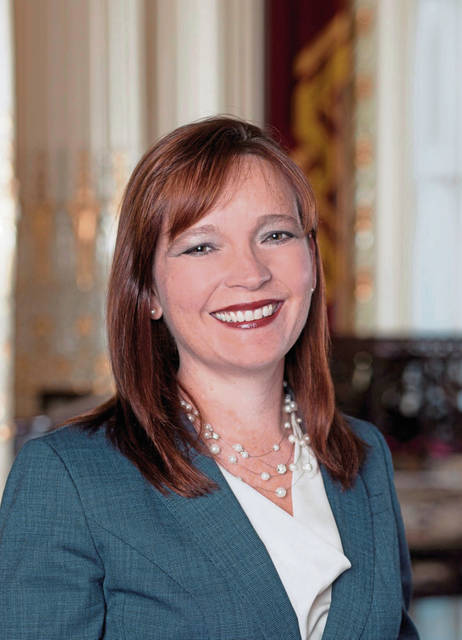Pittsburgh Symphony makes big financial progress
The Pittsburgh Symphony has progressed on its long path to financial health by posting a $1.1 million surplus in its operating budget for the 2018-19 season.
The season concluded at the end of August.
That’s a big turnaround for an organization that’s been running in the red for most of the past decade.
The operating budget is a crucial measure of how the organization is functioning, akin to a family’s monthly budget, which tracks income and expenditures. But it doesn’t tell the whole story. The symphony has a big liability hanging over its head in the form of its pension fund.
The symphony will need to put $3 million in cash into the pension fund during the new season, and has $21 million in unfunded pension fund liability.
“It’s like if you have a huge credit card balance and don’t have the money in the bank to pay for it,” symphony President Melia Tourangeau said.
It took three years after Tourangeau became president in 2015 for the symphony to reach a surplus. It was $86,000 in the black for the 2017-18 season. The symphony often had run with annual multimillion-dollar deficits since the 2007-08 season.
The progress was accomplished by limiting growth in expenses to a much smaller amount over four years — $537,000 — than the rise in income it achieved, $3 million.
Growth in expenses mainly was held down by concessions the musicians made in a contract signed at the end of their strike in the fall of 2016 and by staff restructuring in 2016-17. The symphony and musicians will negotiate a new contract in 2021.
“Unfortunately, we had to go through difficult contract negotiations with the musicians,” Tourangeau said. “But that allowed us about three years of runway to rebuild the confidence of the community, focus on building the reliable fundraising that we needed, and going to the state and county and lobbying for additional resources.”
Although some of the increased revenue came from modestly increasing ticket sales, most of it was from donated income — growth in the annual support from the public and from members of the board of trustees, and from foundation and government funding.
But the pension fund challenge remains, although symphony musicians and staff are now on 401k plans. The pension was “hard frozen” on Aug. 31, meaning no additional pension benefits will accrue. But the symphony’s existing pension liability will vary from year to year, with changes in interest rates an important factor in annual calculations.
Tourangeau said the symphony is “hyper-focused” on the pension because, if the problem isn’t solved, the progress of the past four years could be swamped.
“We’re in really high-level conversations with important people in the city who can help us. That’s all I can say right now,” she said. “It’s going to be an ongoing issue to manage, not something that can be solved with one big check. It’s really, really complicated.”
Mark Kanny is a Tribune-Review contributing writer.
Remove the ads from your TribLIVE reading experience but still support the journalists who create the content with TribLIVE Ad-Free.


